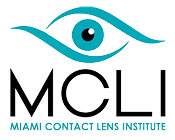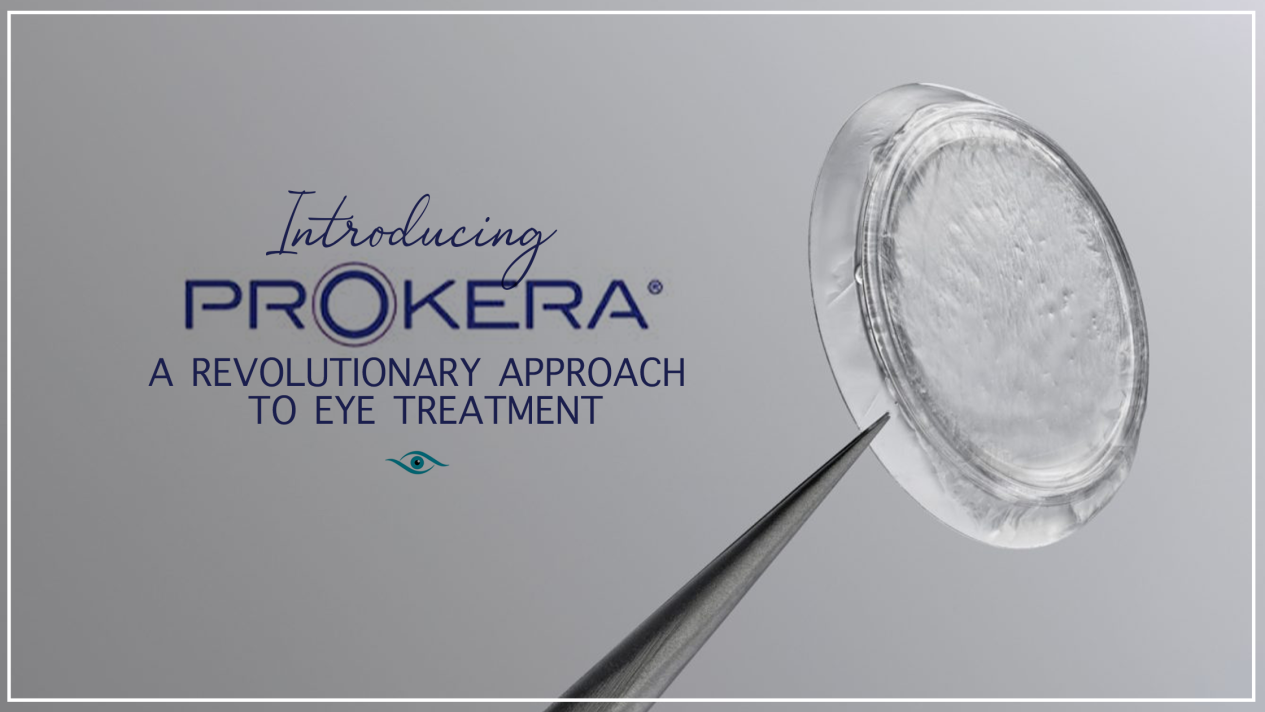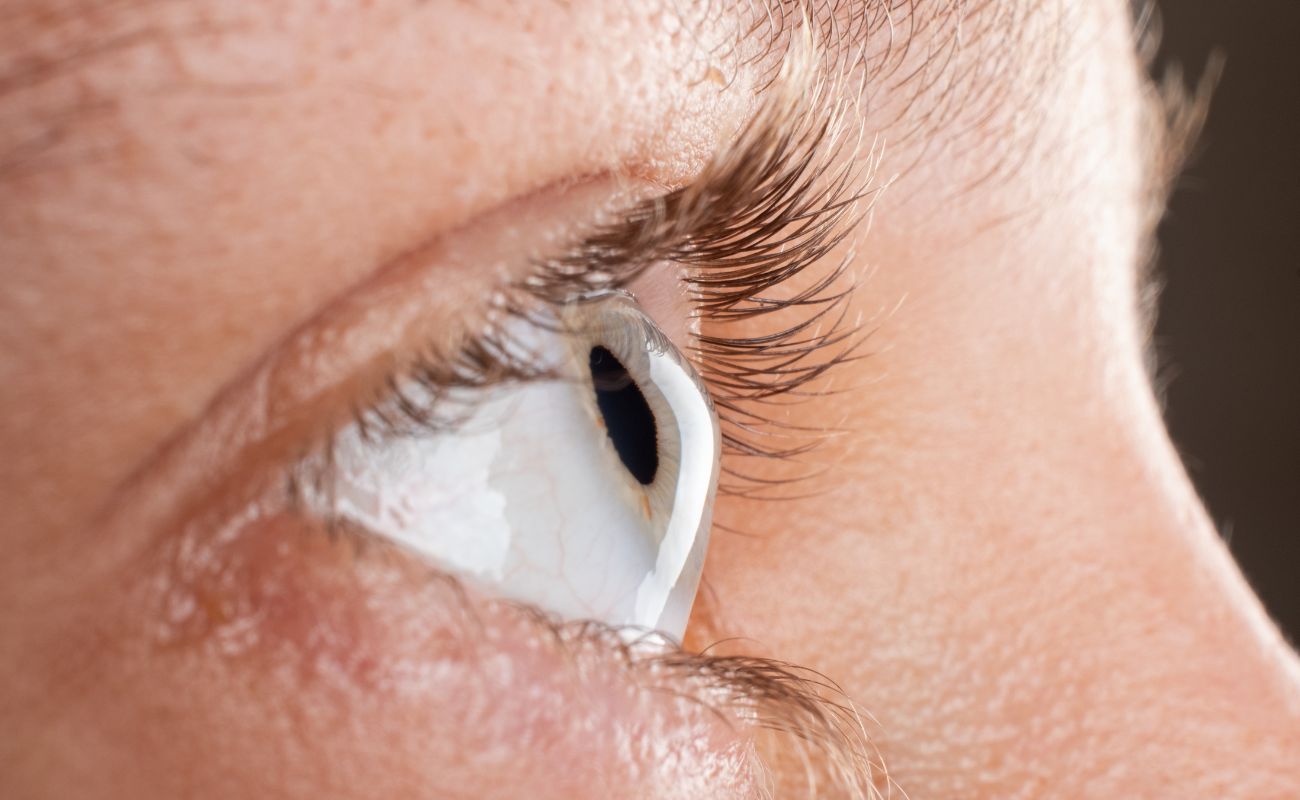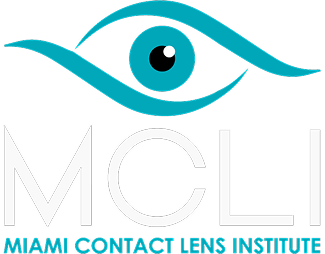The eye is intricate and delicate, and the integrity of its outer surface plays an essential role in clear vision and defense against environmental factors. Damage to the ocular surface can result from several causes, including chemical burns, infections, dry eye disease, and surgery. Ocular surface injuries can lead to inflammation, scarring, impaired vision, and discomfort if not properly treated.Symptomatic relief treatments often fall short in promoting actual healing. Prokera is an innovative treatment that promotes tissue regeneration and restores ocular surface integrity. Using the natural healing properties of amniotic membrane, Prokera accelerates healing to repair damage, reduce discomfort, and provide clear vision.
What Is Prokera?
Prokera is a medical device that supports the healing of damaged ocular surfaces using amniotic membrane. The amniotic membrane is a thin layer of tissue that forms inside the amniotic sac during pregnancy. The membrane is donated by women who give birth via c-section for use in a range of medical applications. Donors are carefully screened to ensure no underlying factors interfere with the membrane’s viability.The Prokera device resembles a clear contact lens. It comprises a flexible ring that gently holds the membrane on the eye. Prokera is a “bioactive bandage” with incredible anti-inflammatory and healing properties. Due to the high concentration of stem cells in the amniotic membrane, Prokera can repair damaged tissue as the membrane dissolves and integrates with the eye.
How Does Prokera Work?
Prokera is a therapeutic device that uses a biologically active amniotic membrane to promote healing of the ocular surface.The amniotic membrane is rich in anti-inflammatory, anti-scarring, and pro-regenerative factors, making it especially effective in treating persistent epithelial defects, inflammation, and corneal damage.Unlike artificial bandage lenses that provide only mechanical protection,Prokera delivers biologically active molecules— such as growth factors, cytokines, and extracellular matrix components — directly to the eye. These helpsuppress inflammation,reduce scarring, andstimulate regeneration of the corneal epithelium.The device is placed on the eye like a large contact lens, creating a protective environment while the amniotic membrane delivers its therapeutic benefits.Prokera offers a non-invasive treatment option for ocular surface conditions such as dry eye syndrome, keratitis, Stevens-Johnson Syndrome, chemical burns, corneal ulcers, and inflammation. Prokera is also highly beneficial after corneal transplants and pterygium surgery to protect the cornea and expedite healing. Amniotic membrane reduces inflammation, prevents scarring, minimizes discomfort, and hastens healing.Prokera is placed directly on the eye, which will stay in place for 3-5 days. During this time, the amniotic membrane gradually dissolves, releasing stem cells, growth factors, and anti-inflammatory agents while providing a biological scaffold. These factors work together to promote rapid healing and reduce scarring on the ocular surface. Prokera can relieve uncomfortable symptoms like stinging, redness, blurred vision, and itching.
What Are The Benefits of Prokera?
Prokera has many essential benefits for people with damaged or irritated eyes. Unlike eyedrops or ointments that address symptoms, Prokera targets the underlying biological processes to help the eye heal itself. Many patients with ocular surface conditions experience faster healing, reduced pain, and clearer vision than with other treatment options.Prokera is a non-surgical, in-office treatment that’s both gentle and effective.The device is placed on the eye in a quick, painless procedure, and it naturally dissolves over time as the membrane is absorbed. Once treatment is complete, the soft support ring is easily removed.In addition to reducing inflammation and promoting healing,Prokera helps regenerate the nerves on the surface of the eye, which can improve comfort and help restore natural tear production. This is especially important for patients with nerve damage, which can lead to severe dryness and irritation.
What Should Patients Expect From Prokera Treatment?
Patients preparing for Prokera treatment can expect a straightforward, painless procedure. Your doctor will use numbing eyedrops, so you shouldn’t experience discomfort. The device is placed gently on the corneal surface and stays in place like a contact lens. You will wear the device for up 3-5 days, depending on your eyecare practitioner’s recommendations.You may feel the Prokera device in your eye during the treatment period. However, the discomfort is minimal compared to other treatment options. It’s crucial to avoid rubbing your eyes, and strict hygiene plays a vital role in the stability and effectiveness of Prokera. You must not get water in your eye, which can cause infections.Follow-up visits are critical to Prokera treatment as your doctor must monitor your progress. Once your eye has recovered sufficiently, the device will be removed. Many of our patients notice reduced pain and redness, and improved vision within a few days. Always inform your doctor of your allergies, medical conditions, and family history where necessary.
Natural Ocular Surface Healing With Prokera
Prokera is an innovative, highly advanced ocular surface treatment that helps damaged eyes heal naturally. The amniotic membrane reduces swelling, prevents scarring, and encourages faster tissue repair. If you have an ocular surface disease or are experiencing symptoms such as redness, discomfort, or vision changes, contact the Miami Contact Lens Institute to schedule a consultation. Consulting with the Miami Contact Lens Institute specialists could help you explore whether Prokera is the appropriate solution for you.





